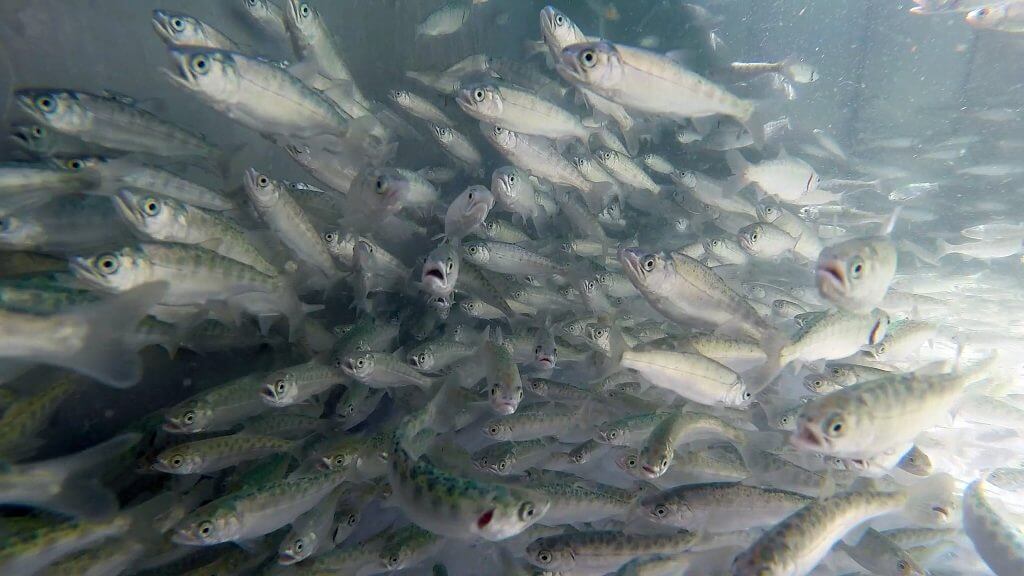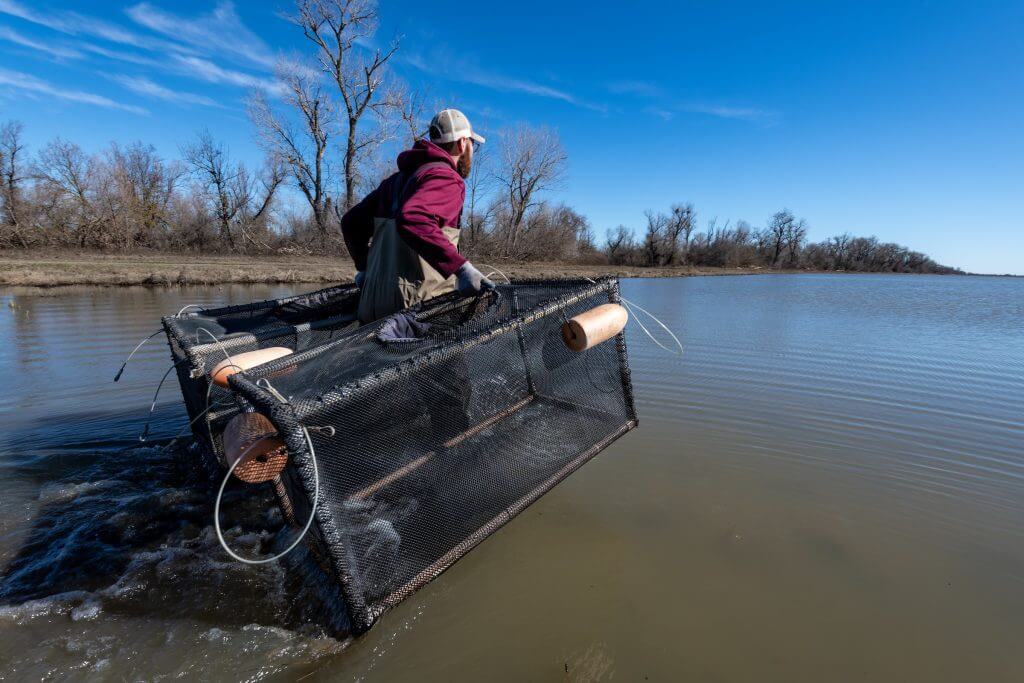By Paul Buttner, Manager of Environmental Affairs, California Rice Commission
It has been about six weeks since we concluded our fieldwork and drained our project field in the second week of March. You may recall that the bypasses flooded for a second time in mid-March and, as a result, we were unable to count all the fish that had colonized the field because we had only drained about half of the field before the floodwaters took over. However, with the fact that an initial flood event in early-January brought natural-origin salmon and other fish onto our project field to study and count for nearly two months, we had a very productive season of fieldwork. Much detail on this comprehensive field project can be found at the dedicated project website: Salmon.Calrice.org.

Our primary objective was to practice the draft salmon management practice on a full-sized rice field and assess the extent to which natural-origin or “wild” salmon used the 125-acre Sutter Bypass rice field after the floodwaters had receded. We counted 389 wild salmon, likely representative of all four runs. However, we must wait for genetic results to confirm how many of each run we collected. Based upon this number of captured wild salmon, we expect there were at least 4,000 wild salmon that used the project field and this number is probably much higher than this conservative estimate. We also captured 157 other fish species using the field comprised of about 17 different species. The most common of these were hardhead minnow, threadfin shad, sunfish, golden shiner and Mississippi silverside. Relatively few potential salmon predators, such as warmouth, largemouth bass and bluegill, were found to co-exist in the field alongside the juvenile salmon.

A continuing element of the project is the tracking of our specially-tagged salmon as they are moving through the lower Sacramento Valley in route to the Ocean. A link to the CalFishTrack website can be found at our project website. A short, narrated video of the release of these fish can be seen here. Of the 462 fish released, nearly 30 percent have made it out to the San Francisco Bay as of the date of this report.
![]()
Paul Buttner is Manager of Environmental Affairs for the California Rice Commission.



